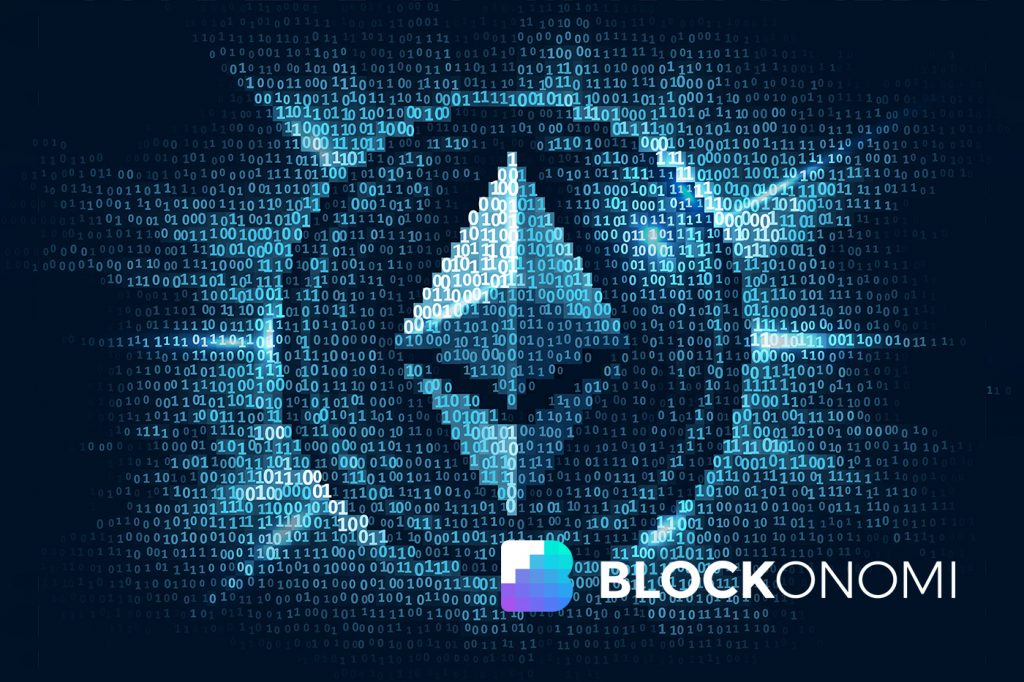Vitalik Buterin Makes Proposal to Address Ethereum’s Transactional Costs

High transactional costs are always one of the biggest challenges Ethereum users are struggling to deal with.
The team and community have waited in expectation of Ethereum 2.0’s release as the ultimate solution for current issues with the system.
Despite all promises, data from crypto metrics site BitInfoCharts shows that the future outlook might not be as rosy as it’s going to be unless change is underway.
Ethereum’s Growing Problem
Up until now, high gas fees have remained a specific feature of the Ethereum network. According to statistical data from BitInfoCharts, the transaction fee reached $51.45 on average.
This unbelievable level was much higher than at the beginning of 2021.
Several scaling strategies have been developed in recent years to help reduce transaction costs.
Polygon was released in 2019 and is perhaps the first big Ethereum scaling solution. With Plasma, the network offloads transactions from the main Ethereum blockchain to a sidechain.
This year, Ethereum-based DeFi apps like Curve and Aave launched on Polygon.
Polygon’s inexpensive costs have attracted users, however it is often criticized for not being a proper scalable solution. Polygon employs a PoS consensus with its own set of validators.
That means that Polygon does not use Ethereum’s mainnet to validate transactions, so it is generally considered less secure and decentralized.
In an effort to optimize the gas fee and make it budget-friendly, Ethereum’s co-founder Vitalik Buterin made Ethereum Improvement Proposal, called EIP-488, as a way to reduce gas fees for Ethereum Layer-2 in the short term.
EIP-4488: Efficient But Temporary
Gas fees will continue to soar, especially when the demand for Ethereum is growing.
While network scaling solutions such as Ethereum 2.0 are being rushed to completion, L2 solutions are seen as a salvage in this short-term period.
In order for L2 solutions not to be overwhelmed and follow in the footsteps of the Ethereum mainnet, it’s necessary to have solutions to reduce fees. That is when the idea of EIP-448 jumps in.
Clearly, EIP-4488 is radically different from the proposal to burn ETH on EIP-1559. The main purpose of EIP-4488 is to assist in reducing transaction fees on the Ethereum network’s L2 solutions.
Vitalik Buterin, together with Ethereum developer Ansgar Dietrichs, made this proposal to reduce L2 gas fees in the short term while more efficient long term solutions are still being developed.
EIP-4488 seeks to further reduce L2 gas charges by reducing calldata costs.
According to Vitalik, increasing the amount of data available today with rollup solutions is possible. Buterin also called for a shift to focus on rollup solutions and see it as a short-term solution to cut gas costs.
To wit,
“The cost of rollup txns is a function of the data they post back to the Ethereum mainnet..If a rollup compresses X transactions and pays Y gas fees to commit it to mainnet, the cost of rollup transactions is a function of Y/X. To do this, rollups add calldata to their transactions, which is currently priced at 16 gas per byte. If we reduce the calldata cost, then we reduce the cost of rollup transactions.”
Rollups are the latest scaling solution to make waves in the Ethereum world. A smart contract interacts with a transaction on Ethereum. The restricted block space in Ethereum causes sluggish transaction confirmations and costly gas prices.
Rollups outsource data computation and return valid proofs to the Ethereum mainnet. Because transactions can be pooled, less data is committed to the mainnet.
The gas charge is then split evenly among multiple consumers. Rollup delivers near-instant transaction speeds and reduces costs by several times while maintaining the Ethereum mainnet’s security and decentralization.
EIP-4488, in accordance with Optimistic Rollups and ZK-Rollups, is possible. However, this method will probably lead to another problem – the block size.
“It’s literally data we add to each transaction. If we lower the gas cost, and keep the same gas limit, we then have bigger blocks, which can be problematic in the short and long term. Short term, it increases the worst case block size,” according to Vitalik.














